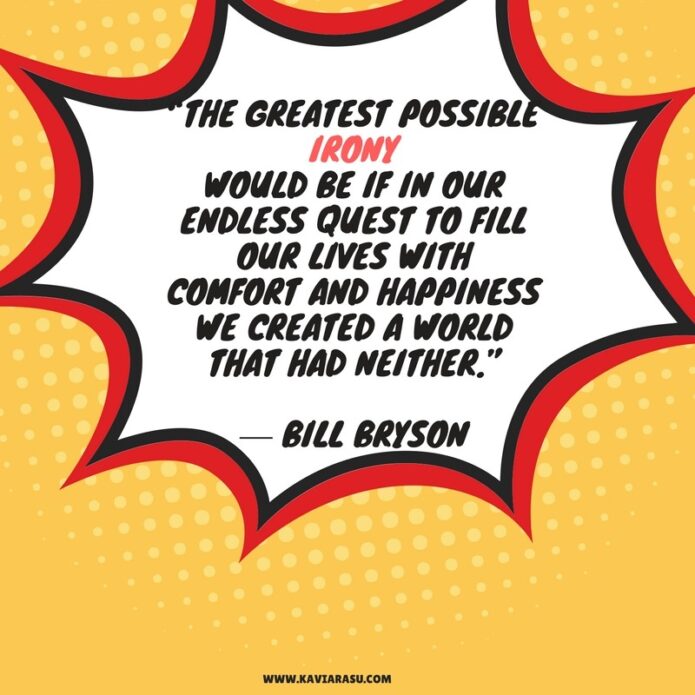Ice Cream Happiness is not just a feeling—it’s science. Researchers—real ones—put people in an MRI machine and fed them vanilla ice cream. The results? Their brains lit up like Deepavali lamps. A study conducted by the Institute of Psychiatry in London found that eating ice cream activated the orbitofrontal cortex, the part of the brain associated with pleasure and reward.
Our ancestors weren’t spoiled for choice. Before supermarkets and food delivery apps, food was hard to find. Fat and sugar meant survival. So, the brain rewarded every bite with a dose of joy. Thousands of years later, we don’t need to hoard calories, but the brain still thinks we do. Which is why ice cream makes us happy.
Some say joy can be found in other things. These people are wrong. The MRI scans don’t lie. The next time someone judges my double scoop, I am going to point them to science.
Interestingly, the research also found that different flavours trigger different responses. Vanilla, the classic choice, brings a sense of comfort and nostalgia. Chocolate lights up more intense pleasure centers. But whatever your preference, the effect is undeniable—ice cream is a shortcut to happiness.
This might explain why ice cream parlours have been cultural landmarks for generations. From old-school softy vendors to artisanal gelato shops, they’ve always been places of joy. Whether celebrating a victory or nursing heartbreak, the cure is often found in a cone or a cup.
Speaking of nostalgia, there was an Arun Ice Cream shop at Simmakkal, Madurai. An odd place for an ice cream shop. In the middle of a busy road with no parking. But that never mattered. Arun Ice Cream was the first big name in mass retail ice cream in my life! Before Arun, ice cream was a fleeting treat, not a destination. Arun changed that. It gave ice cream a home. A shop. A menu.
The pushcart was replaced by the thrill of stepping into a store, choosing from a board full of flavours, and watching the shopkeeper handover happiness in a cup.
Or better still, a slice of Cassatta. A rainbow of flavours with a soft cake surprise at one end. The ultimate jackpot. The store in Simmakkal is long gone, but I look at the place fondly. Arun Ice Cream remains special. Their playful ads, delightful products, and bold entrepreneurship have kept them a favourite.
But back then? Well, those were the days. Sparse traffic. Slow afternoons. Ice cream melting slightly before the first bite.
Me, my brother, and dad would drive there on his good old Hero Honda. The wind in our faces, the thrill of the ride, and the promise of ice cream at the end of it—it was an adventure of its own. I can’t imagine how that would be possible now, with the traffic and chaos. But back then, it was simple. And sweet. Ice cream happiness was worth living for!
And by the way, this is not the first time I write about ice creams here.
Check out my ‘paal’ ice post here from 2008.
Or from 2014. Looks like I have been accessing ice cream happiness for a long time.
Now, if you’ll excuse me, I have important research to do. With a tub of filter coffee ice cream. Science, you see.











